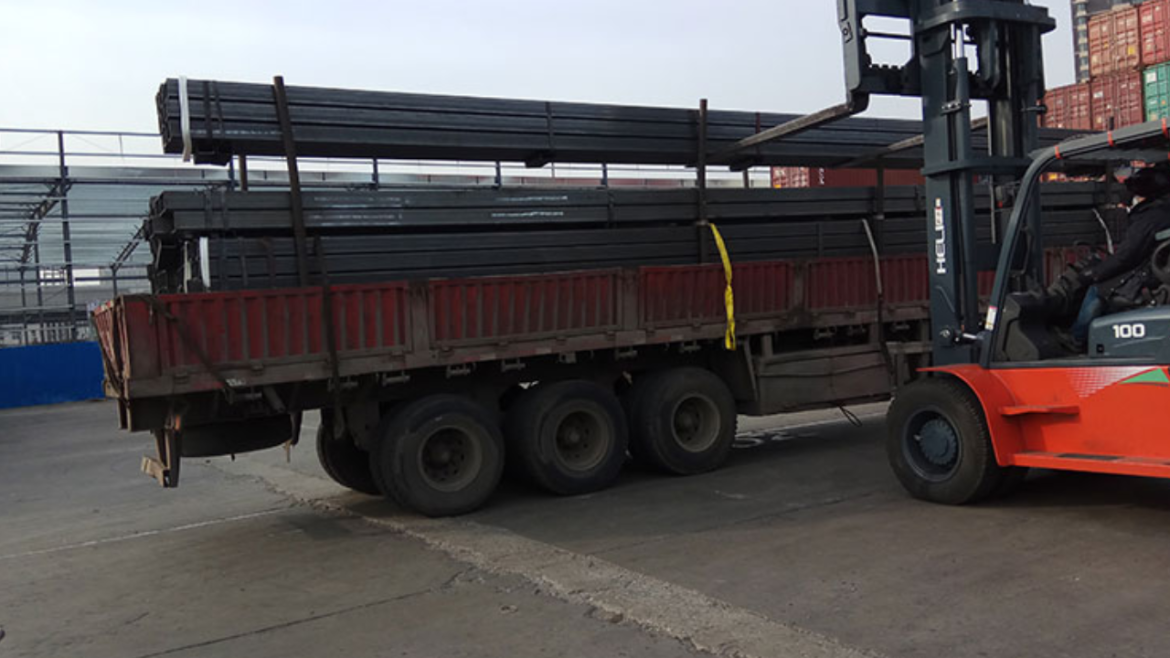The square hollow section (SHS), an essential aspect of present-day construction and engineering, represents a versatile structural metal segment to be had in diverse sizes and wall thicknesses. These metal pipes, also called metallic tubes, serve a multitude of purposes, along with signage, frames, benches, and supports. What sets them aside is their awesome sturdiness and electricity, making them crucial in creating packages. Moreover, the galvanized steel pipe, covered with zinc, ensures strong resistance to rust and corrosion, further improving toughness and reliability.
This inherent resilience makes steel pipes widely preferred in production projects in which structural integrity is paramount. The adaptability of square hollow section steel pipes permits the advent of numerous shapes, together with round, square, and square, catering to the diverse desires of various applications. Additionally, the provision of square hollow section metallic tubes in a huge variety of sizes guarantees compatibility with any mission requirement, further solidifying their status as fundamental additives in cutting-edge creation endeavors.
Chemical Composition of Square Hollow Section (SHS) Steel
This article gives a detailed assessment of the everyday chemical composition of SHS steel, focusing on the common factors and their importance.
Carbon (C)
Carbon is a fundamental element in metal, generally constituting approximately 0.12% to 0.30% of the composition of square hollow section (SHS) steel. It notably influences the material’s hardness and tensile power. Better carbon content complements these properties but can reduce ductility, making the metal less malleable and more difficult to weld. Conversely, decreased carbon content improves weldability and ductility, but would possibly reduce standard power, necessitating a balanced technique in metallic production.
Manganese (Mn)
Manganese, present in SHS metal at concentrations of 0.30% to 1.50%, plays an important function in enhancing the steel’s mechanical properties. It will increase tensile strength, hardness, and wear resistance at the same time as retaining the right ductility. Manganese also acts as a deoxidizer, doing away with oxygen at some stage in steel manufacturing to prevent gas wallet, and improves hardenability, taking into consideration better warmness remedy processes. Its balanced inclusion guarantees the steel’s robustness and reliability in diverse applications.
Phosphorus (P)
Phosphorus in SHS metal is usually maintained under 0.05% due to its capability to make metal brittle and reduce ductility. Despite being an impurity, in controlled low quantities, it can enhance machinability and increase the metal’s power and hardness. Excessive phosphorus, however, can cause embrittlement, especially at decreased temperatures, compromising the structural integrity and overall performance of the metal in annoying packages. Consequently, its content is cautiously monitored throughout manufacturing.
Sulfur (S)
Sulfur is another impurity in SHS metallic, generally stored below 0.05% to save from adverse effects. While higher sulfur content material can improve machinability, immoderate tiers lead to brittleness, lowering the metal’s ductility and effect resistance. Moreover, sulfur can contribute to hot shortness all through warm forming procedures, causing cracking and floor defects. Consequently, keeping low sulfur stages is essential to ensuring the steel’s integrity and overall performance in structural packages where durability and reliability are paramount.
Copper (Cu)
Copper is added to SHS metallic, commonly within the range of 0.20% to 0.40%, to ensure its resistance to atmospheric corrosion. This addition contributes to the steel’s typical strength and hardness while also offering progressed protection in opposition to environmental degradation. Using a protective oxide layer on the metallic surface, copper enables the structural integrity of SHS metal additives, particularly in outdoor or marine environments in which corrosion resistance is important for long-term durability.
Summary
The chemical composition of square hollow phase (SHS) steel is a cautiously balanced blend of factors that provides the material with its unique properties. Every element plays a selected role in determining the steel’s power, hardness, ductility, weldability, and resistance to corrosion and oxidation. Knowledge of these elements and their results is essential for selecting the right grade of SHS steel for diverse applications. By optimizing the chemical composition, producers can produce SHS metal that meets the stringent necessities of modern construction and engineering tasks, ensuring protection, sturdiness, and overall performance.
